wikiHow is a “wiki,” similar to Wikipedia, which means that many of our articles are co-written by multiple authors. To create this article, 25 people, some anonymous, worked to edit and improve it over time.
There are 21 references cited in this article, which can be found at the bottom of the page.
This article has been viewed 160,477 times.
Learn more...
Egg oil, which comes from the yolk of chicken eggs, is a natural remedy that can help treat hair loss, dandruff, dryness, and greying while also moisturizing the scalp and promoting new healthy hair growth. Be aware that if you are experiencing hair loss, you should consult your physician. There are a number of diseases where hair loss may be a symptom, and it is critical that you determine the cause of hair loss to make sure it is not related to a serious medical condition but is instead a normal product of aging or genetics.[1] However, if you're simply looking for natural treatments to improve the health of your hair, egg oil is a good place to start.
Steps
Using Egg Oil
-
1Know the benefits of egg oil. Egg oil (also known as ovum oil and egg yolk oil) is derived from the yolk of chicken eggs and contains mainly fatty acid derivatives (e.g. triglycerides, lecithin) as well as omega-3 and omega-6 fatty acids, which help revitalize the follicle cells in your hair. In addition, it also contains anti-oxidant xanthophylls, like lutein and zeaxanthin, which arrest premature aging (graying) in your hair, and immunoglobulins, which reduce inflammation. As an added bonus, the cholesterol in egg oil brings luster and shine to your hair and eliminates dandruff.[2] [3] [4]
- Although some studies support the use of egg yolk for hair loss, more research needs to be done to determine whether it is effective.[5]
- Egg oil is mess free and stable. It is a more convenient alternative to egg yolk masks and does not smell like raw egg yolks or cook in the hair during a hot shower. There is no risk of salmonella which could give you a scalp infection.
-
2Make or obtain egg oil. You can make your own egg oil simply by heating egg yolks on the stove in a saucepan until they elicit a dark colored oil. Make sure to cool the oil before applying to your scalp, as you don't want to burn yourself.[6]
- You can also mix the egg oil with ingredients like two tablespoons olive oil to make create more of a mask and easier to apply. Another option would be to a tablespoon or so of honey, both for its nice scent for also for the shine and vitality it will add to your hair.
- You can purchase egg oil commercially. Just make sure that you are buying 100% egg oil and not something combined with artificial solutions or chemicals.
Advertisement -
3Massage egg oil into the scalp. Using your fingertips, work the egg oil into your scalp gently with small circular motions. Do this for five to ten minutes.
- Make sure you've evenly spread the egg oil into your scalp.
-
4Leave on overnight. Egg oil needs time to act. Leave it on at least three hours or preferably overnight. If you wear it overnight, do not forget to cover your pillow with a cloth to prevent oil stains.
- Alternatively, you could wrap your head in a clean towel after you apply the oil to your scalp and then sleep with the towel on, though this may or may not be comfortable for your neck.
-
5Shampoo your hair between egg oil applications. Shampoo off the egg oil the next morning (or whenever you're in between egg oil applications) with a gentle, high quality shampoo, preferably an herbal or natural shampoo with no artificial ingredients or chemicals. Use shampoo only once as repetition removes the natural lipids of hair making it dry and brittle.
- If possible, let your hair air dry after shampooing. This remove the possibility of further damaging your hair through the high heat and power of a blowdryer.
-
6Use egg oil consistently. Apply, massage, and leave egg oil on your sleep at least twice a week for at least 12 weeks for visible results. Regular, continued use is important for proper nourishment of the follicular cell membranes in the hair.
- Continue long term massage therapy of egg oil to prevent hair loss and graying. Discontinuing use may gradually bring back hair fall problems and resume graying.
Using Other Natural Treatments
-
1Consume protein. Hair is primarily protein and strong, healthy hair comes from “the inside”, despite what the makers of shampoos and conditioners advertise. Make sure you are getting enough high quality protein. The daily recommended amount of protein for adult men and women is 6-6.5 ounces and 5-5.5 ounces, respectively.[7] You should try for a variety of sources of complete protein. These are foods which contain all the essential amino acids, the protein building blocks. Here is a list of some foods that are complete proteins:[8]
- Dairy products (eggs, cheese, milk, yogurt, etc.)
- Quinoa, a high fiber food with high levels of iron, magnesium and manganese
- Buckwheat, a grain that is high in vitamins and minerals
- Hempseed, which contains high levels of magnesium, zinc, iron and calcium
- Chia seeds, which contains high levels of omega-3 fatty acids
- Soy products, including tofu, tempeh and natto
- A combination of rice and beans. Rice is low in the amino acid lysine, which is important for healthy hair growth, whereas beans are high. In addition, beans have a low content of another amino acid, methionine, whereas rice is high. If you combine rice and beans, you have complete protein.
-
2Get your vitamin B. B-vitamins are needed for healthy hair follicles and healthy hair growth. You should ensure that you eat a diet high in B-complex vitamins. Food options include:[9]
- Leafy green vegetables, like spinach, parsley, mustard greens, romaine lettuce, turnip greens, beet greens
- Other vegetables, including broccoli, beets, turnips and bell peppers
- Legumes, such as lentils
- Calf and beef liver, which is high in vitamin B12
-
3Increase omega-3 fatty acids. Omega-3 fatty acids have been shown to increase the numbers of hair strands. Increasing the amounts of omega-3 fatty acids in your diet may be a useful lifestyle change to help ameliorate hair loss. Good sources of omega-3s include salmon, mackerel, eggs, flaxseed oil, soybeans, chia seeds, walnuts, herring, sardines and bass.[10] [11] [12]
-
4Get your minerals. The only mineral that has been proven to be connected to hair loss is iron.[13] While low zinc and low selenium have been implicated in hair loss, it is still unknown whether zinc or selenium deficiencies play a primary or secondary role in hair loss.[14] Because the research on the relationship between minerals and hair loss and growth remains inconclusive, it's best that you are cautious in taking mineral supplements and follow any doctor's recommendations as well as manufacturer's instructions on the supplement's packaging. Wherever possible, try to get your minerals from your diet.
-
5Avoid shampooing too frequently. Frequent shampooing can strip the natural oils from your scalp and hair. Frequent shampooing doesn’t really cause hair loss, but if you are stripping the oils from your hair, it can make the hair more fragile. Many professionals advise their clients not to shampoo daily, but instead recommend hair washing two to three times a week.[17]
- Avoid shampoos that are loaded with chemicals as it's unclear whether these chemicals may be part of the problem causing hair loss in the first place. You may want to avoid using products with ingredients like sodium lauryl sulfate (SLS), parabens and ammonium chloride, especially if you have thin, fragile or treated hair.
-
6Do not over-condition your hair. Conditioners can weigh down the roots of the hair and damage the hair follicles. Use a conditioner once or twice a week and avoid using conditioner directly on the scalp.[18]
- Try a conditioner with natural ingredients. Good hair care products include those from Nature’s Gate, Babo Botanicals, WEN and Intelligent Nutrients.
-
7Allow your hair to air dry. Let your wet hair air dry as often as you can manage. Blow drying your hair, especially on high heat, can cause further damage to and weakening of the strands.[19]
Warnings
- Since egg oil is free of proteins, it is usually safe for people allergic to eggs. Nevertheless, try a small drop as a sample on a patch of skin first and leave on for an hour to check adverse effects if you have a known allergy to eggs.[20]⧼thumbs_response⧽
- It is normal to lose about 50 to100 strands of hair every day. However, if you are losing significantly more than this daily and are concerned that you are losing more hair than normal, see your physician to be certain.[21] [22]⧼thumbs_response⧽
References
- ↑ https://www.mayoclinic.org/diseases-conditions/hair-loss/symptoms-causes/syc-20372926
- ↑ Kinare, V. (2014). Egg Oil for Hair Care. Positive Health, (215), 1.
- ↑ Artemis P. Simopoulos.Omega-3 Fatty Acids in Inflammation and Autoimmune Diseases. Journal of the American College of Nutrition. Volume 21, Issue 6, 2002.
- ↑ Finner AM. Nutrition and hair: deficiencies and supplements. Dermatalogic clinics 31(1): 167-72. Jan 2013.
- ↑ https://pubmed.ncbi.nlm.nih.gov/29583066/
- ↑ http://www.positivehealth.com/article/skincare/egg-oil-for-hair-care
- ↑ http://www.choosemyplate.gov/protein-foods
- ↑ https://www.myplate.gov/eat-healthy/protein-foods
- ↑ https://www.nhs.uk/conditions/vitamins-and-minerals/vitamin-b/
- ↑ https://ods.od.nih.gov/factsheets/Omega3FattyAcids-Consumer/
- ↑ Bureau JP, Ginouves P, Guilbaud J, Roux ME. Essential oils and low-intensity electromagnetic pulses in the treatment of androgen-dependent alopecia. Adv Ther 2003; 20: 220–9.
- ↑ Lourith, N., & Kanlayavattanakul, M. (2013). Hair loss and herbs for treatment. Journal Of Cosmetic Dermatology, 12(3), 210-222.
- ↑ http://www.ncbi.nlm.nih.gov/pubmed/12190640
- ↑ Hajheydari Z, Jamshidi M, Akbari J, Mohammadpour R. Combination of topical garlic gel and betamethasone valerate cream in the treatment of localized alopecia areata: a double-blind randomized controlled study.Indian J Dermatol Venereol Leprol. 2007 Jan-Feb;73(1):29-32.
- ↑ https://ods.od.nih.gov/factsheets/Iron-HealthProfessional/
- ↑ https://ods.od.nih.gov/factsheets/Zinc-HealthProfessional/
- ↑ https://www.aad.org/public/everyday-care/hair-scalp-care/hair/healthy-hair-tips
- ↑ http://positivemed.com/2013/12/11/often-use-conditioner/
- ↑ https://www.aad.org/public/diseases/hair-loss/insider/stop-damage
- ↑ Kinare, V. (2014). Egg Oil for Hair Care. Positive Health, (215), 1.
- ↑ Paus R. Principles of hair cycle control. J Dermatol 1998; 25: 793–802.
- ↑ Paus R, Ito N, Takigawa M, et al. The hair follicle and immune privilege. J Investig Dermatol Symp Proc 2003; 8: 188–194.
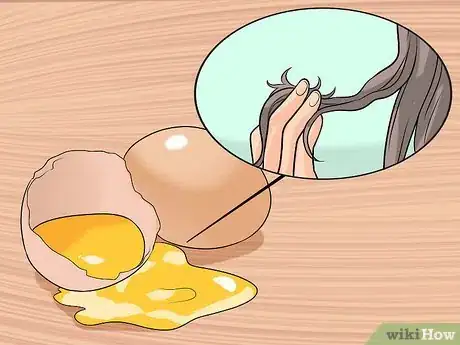
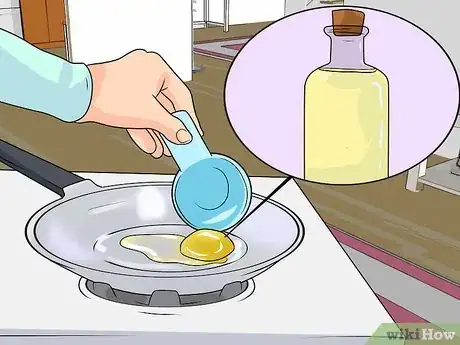
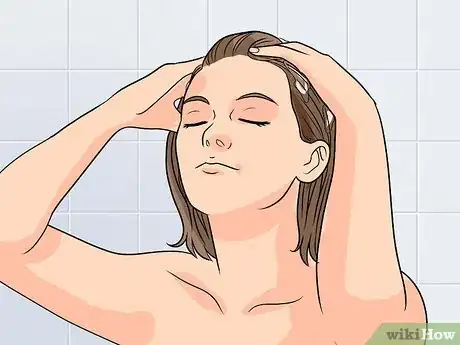
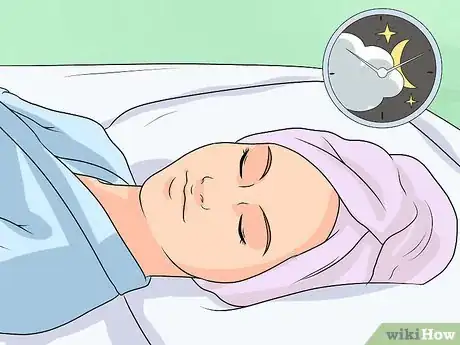
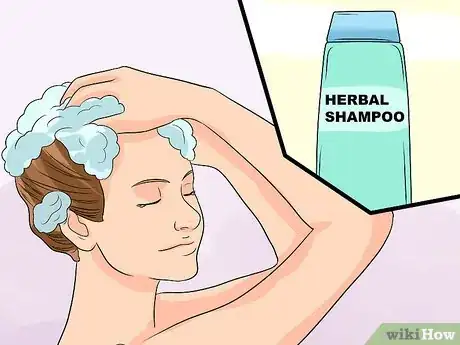
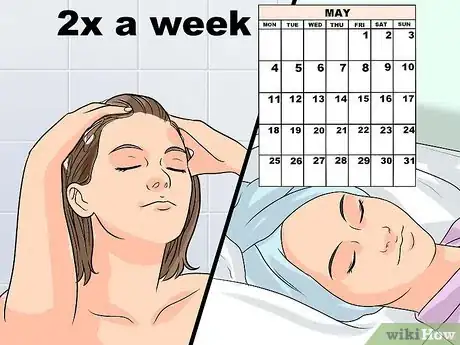
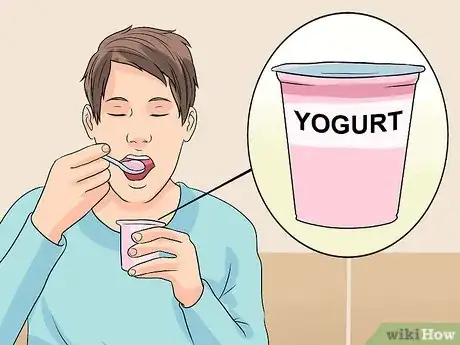

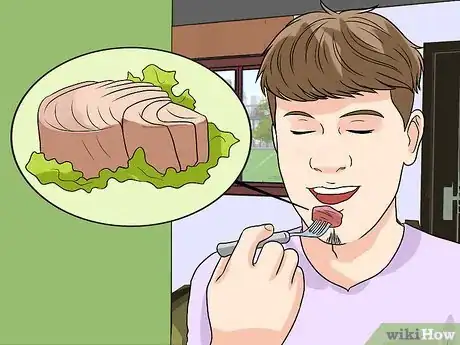
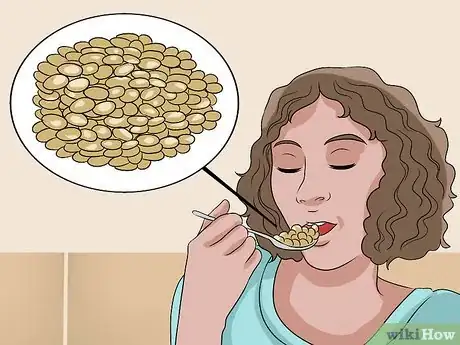
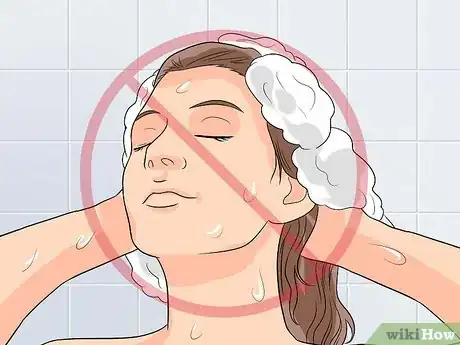
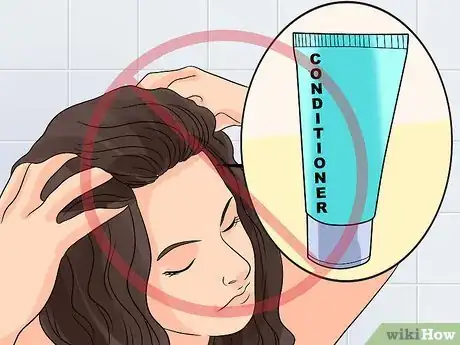
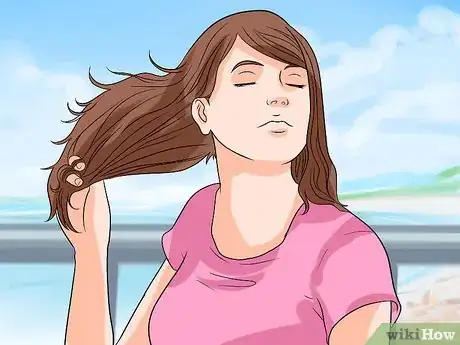

-Step-11.webp)
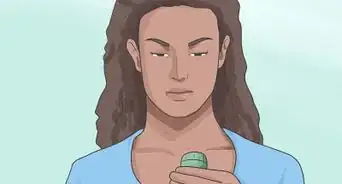


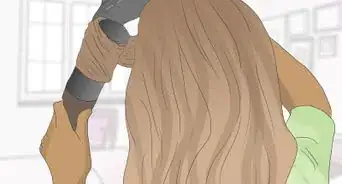
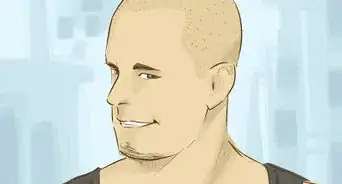

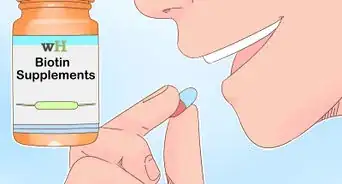

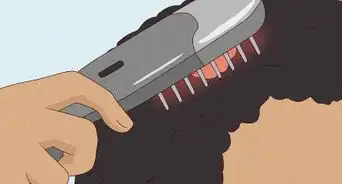







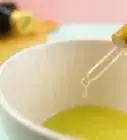
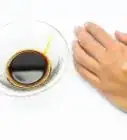

-Step-11.webp)


































